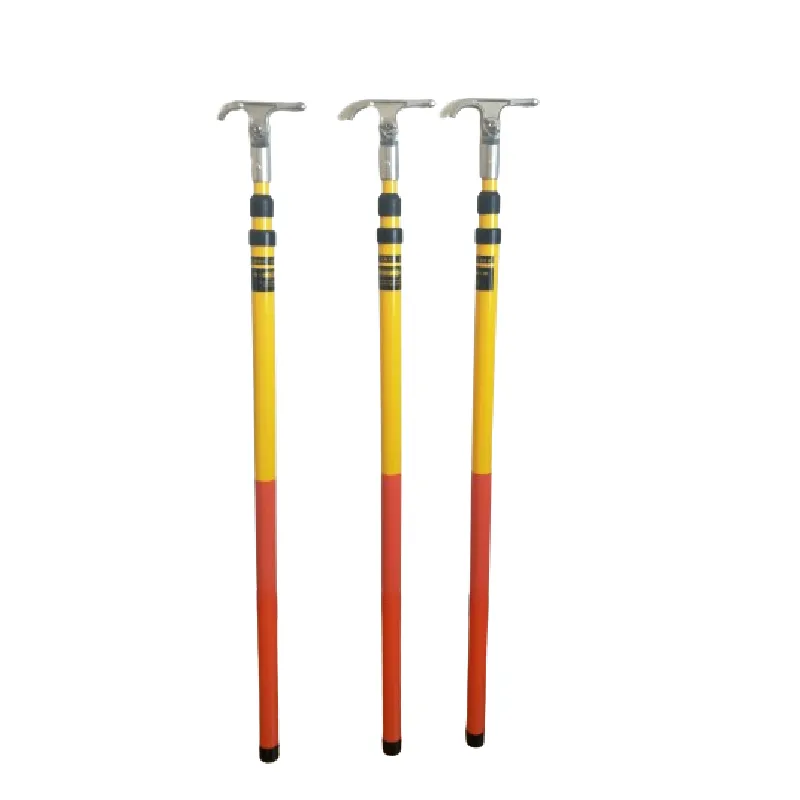
-
 Afrikaans
Afrikaans -
 Albanian
Albanian -
 Amharic
Amharic -
 Arabic
Arabic -
 Armenian
Armenian -
 Azerbaijani
Azerbaijani -
 Basque
Basque -
 Belarusian
Belarusian -
 Bengali
Bengali -
 Bosnian
Bosnian -
 Bulgarian
Bulgarian -
 Catalan
Catalan -
 Cebuano
Cebuano -
 Corsican
Corsican -
 Croatian
Croatian -
 Czech
Czech -
 Danish
Danish -
 Dutch
Dutch -
 English
English -
 Esperanto
Esperanto -
 Estonian
Estonian -
 Finnish
Finnish -
 French
French -
 Frisian
Frisian -
 Galician
Galician -
 Georgian
Georgian -
 German
German -
 Greek
Greek -
 Gujarati
Gujarati -
 Haitian Creole
Haitian Creole -
 hausa
hausa -
 hawaiian
hawaiian -
 Hebrew
Hebrew -
 Hindi
Hindi -
 Miao
Miao -
 Hungarian
Hungarian -
 Icelandic
Icelandic -
 igbo
igbo -
 Indonesian
Indonesian -
 irish
irish -
 Italian
Italian -
 Japanese
Japanese -
 Javanese
Javanese -
 Kannada
Kannada -
 kazakh
kazakh -
 Khmer
Khmer -
 Rwandese
Rwandese -
 Korean
Korean -
 Kurdish
Kurdish -
 Kyrgyz
Kyrgyz -
 Lao
Lao -
 Latin
Latin -
 Latvian
Latvian -
 Lithuanian
Lithuanian -
 Luxembourgish
Luxembourgish -
 Macedonian
Macedonian -
 Malgashi
Malgashi -
 Malay
Malay -
 Malayalam
Malayalam -
 Maltese
Maltese -
 Maori
Maori -
 Marathi
Marathi -
 Mongolian
Mongolian -
 Myanmar
Myanmar -
 Nepali
Nepali -
 Norwegian
Norwegian -
 Norwegian
Norwegian -
 Occitan
Occitan -
 Pashto
Pashto -
 Persian
Persian -
 Polish
Polish -
 Portuguese
Portuguese -
 Punjabi
Punjabi -
 Romanian
Romanian -
 Russian
Russian -
 Samoan
Samoan -
 Scottish Gaelic
Scottish Gaelic -
 Serbian
Serbian -
 Sesotho
Sesotho -
 Shona
Shona -
 Sindhi
Sindhi -
 Sinhala
Sinhala -
 Slovak
Slovak -
 Slovenian
Slovenian -
 Somali
Somali -
 Spanish
Spanish -
 Sundanese
Sundanese -
 Swahili
Swahili -
 Swedish
Swedish -
 Tagalog
Tagalog -
 Tajik
Tajik -
 Tamil
Tamil -
 Tatar
Tatar -
 Telugu
Telugu -
 Thai
Thai -
 Turkish
Turkish -
 Turkmen
Turkmen -
 Ukrainian
Ukrainian -
 Urdu
Urdu -
 Uighur
Uighur -
 Uzbek
Uzbek -
 Vietnamese
Vietnamese -
 Welsh
Welsh -
 Bantu
Bantu -
 Yiddish
Yiddish -
 Yoruba
Yoruba -
 Zulu
Zulu


Dec . 11, 2024 10:51 Back to list
Different Shackle Types for Rigging Applications and Their Uses
Types of Shackles for Rigging
In the world of rigging, the importance of choosing the right hardware cannot be overstated. Among various rigging components, shackles play a critical role in ensuring safety and reliability in lifting and securing loads. These versatile connectors are used in a wide range of applications, from construction sites to marine environments. Understanding the types of shackles available is essential for anyone involved in rigging activities.
1. Screw Pin Shackles
Screw pin shackles are one of the most commonly used types of shackles. They feature a threaded pin that screws into the body of the shackle, providing a secure connection. These shackles are easy to use and can be quickly assembled and disassembled. A primary advantage of screw pin shackles is their ability to maintain a strong connection under load. However, it's important to ensure that the pin is tightened properly; if left loose, the pin can come out, leading to dangerous situations.
2. Bolt Type Shackles
Bolt type shackles are another popular option in the rigging industry. Unlike screw pin shackles, bolt type shackles utilize a non-removable bolt and nut to connect the pin to the body. This design provides a higher level of security, making them ideal for applications where failure is not an option, such as in heavy lifting operations or critical load security. The downside is that they can be more cumbersome to assemble and disassemble, requiring tools for bolt removal.
Safety bolt shackles take the concept of security a step further by incorporating a safety bolt or locking mechanism that prevents accidental loosening. These shackles are particularly useful in environments where movement or vibrations may cause other types of shackles to loosen. Safety bolt shackles offer the reliability of bolt type shackles while adding an extra layer of safety.
types of shackles for rigging

4. Chain Shackles
Chain shackles are specifically designed to connect chains to other rigging elements. They come in various sizes and configurations, tailored to accommodate different chain thicknesses and load capacities. Chain shackles often feature a wider throat to facilitate easy connection with chain links. They are used in a range of applications, including towing, anchoring, and hoisting, where direct load transfer through a chain is required.
5. D-Shackles
D-shackles, characterized by their D-shaped design, are often employed in scenarios where space is limited. The design allows for a more streamlined connection, making them ideal for use with pulleys and other rigging systems. D-shackles are versatile and can be used in a variety of load-bearing applications, from construction to outdoor camping.
6. Round Sling Shackles
Round sling shackles are designed specifically to work with round slings, providing an optimal connection point. These shackles feature a shorter, wider design, which minimizes wear and damage to the sling during use. Round sling shackles are often used in lifting operations where round slings are employed, ensuring a secure and stable lift every time.
Conclusion
Choosing the right type of shackle is crucial in ensuring safety and efficiency in rigging operations. Each type of shackle offers unique benefits tailored to specific applications and load requirements. Whether you opt for a screw pin, bolt type, safety bolt, chain, D-shackle, or round sling shackle, it’s essential to consider the nature of your task and the specific conditions under which you will be working. By understanding the different types of shackles available, riggers can enhance safety practices and improve operational efficiency, paving the way for successful and secure lifting operations.
Latest news
What Are Construction Tools and How Are They Used?
NewsJul.11,2025
Professional-Grade Duct Rodding Tools for Superior Cable Installation
NewsJul.11,2025
Enhancing Safety and Efficiency with Modern Hot Stick Solutions
NewsJul.11,2025
Empowering Cable Installation with Advanced Rodder Solutions
NewsJul.11,2025
Elevate Your Cable Installation Projects with Cable Pulling Tools
NewsJul.11,2025
Efficient Cable Handling Solutions: Cable Rollers for Sale
NewsJul.11,2025











